Once again, late Spring/early Summer found us in Italy, this time back in Eastern Sicily, in sight of Calabria. Last time we visited, it was the middle of Spring and still quite cool with a stiff breeze. This year it was not cool at all, and Etna was also a lot more active. Six years ago, there was just a small, picturesque plume of smoke emerging from its highest peak. This year the emissions changed every day, some days just white smoke, but sometimes grey and almost black, and a much heavier plume, coming from numerous vents. Last time we took a very boring trip up to the volcano’s peak. This year it probably wouldn’t have been quite so boring. I am not sure it was an option. On the coastal road to the airport were signs in Italian reading “Danger Volcanic Sand”.
When we were here six years ago at the very end April, there were large groups of both common and alpine swifts heading north, so this year I had anticipated that the many squares of Taormina would echo to the sound of screaming swifts. I was sadly disappointed. The only swift I was to see was a common swift, seen from the castle ramparts high above the city, and the bird was out over the open countryside. That was also the only place I was to see a swallow. Are all the buildings in Taormina now so smart that the swifts and swallows have been excluded from their nesting sites, or is something more sinister at play? House martins were another matter. Every morning there were up to fifty hunting busily and exuberantly in front our terrace. They were nesting in the arches supporting the piazza next to our hotel. Other martins were to be found nesting all over the city, which has many buildings with enticing overhanging structures.
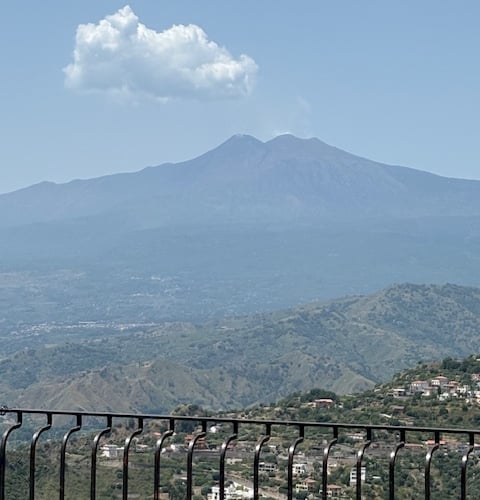
This all made me think of the situation in Slapton. When we moved to Slapton over 20 years ago, there was a long-established swift colony in a nearby cottage that had been converted from an old workshop. Unfortunately, the cottage changed hands and became a holiday let, and the subsequent structural improvements excluded the swifts and the colony was lost. In recent years a small colony of about six birds has established itself in the next street, but are they actually breeding? I noticed this year that they are all leaving weeks earlier than the birds in some of the neighbouring villages. Perhaps our birds are still just too young. There have been successful projects to boost swift numbers elsewhere in South Devon, but they take a lot of time, dedication and householder cooperation.
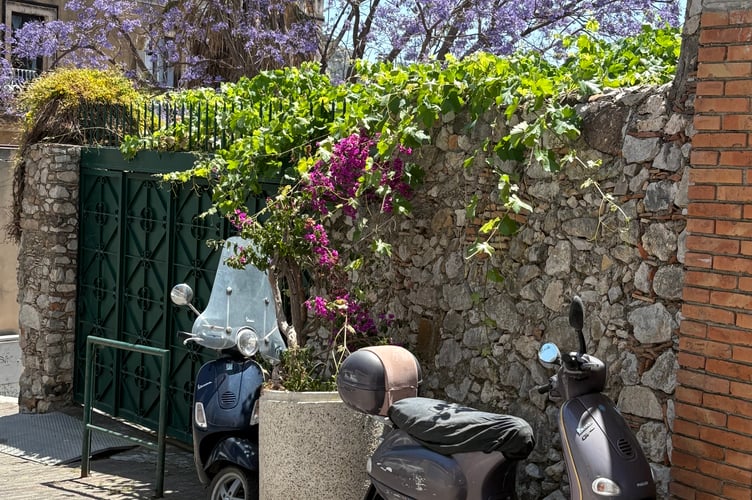
Swallows, too, used to nest in various sites around Slapton village and the sound of their twittering over our garden was a regular delight. Over the past few years, however, most of these sites have been deserted for no apparent reason. We do still have swallows in the village, but they are all, or nearly all, nesting in the Nursery barns overlooking open farmland; no longer any reason for these birds to fly over our garden on their hunting forays. Last year Dennis also reported a dramatic reduction in the number of swallows nesting overnight in the reeds at Torcross as they migrate south; there used to be many thousands.
In the case of house martins, we did have a disastrous year when hardly any returned, but they did reappear, although not to their old sites. We are now back to good numbers again, but their nests are essentially all concentrated on one house in the village and, again, the Nursery barns. Are they all victims of deteriorating environments in their breeding and wintering sites and perhaps their migration routes? Although the latter is probably unlikely to apply to the
swifts, as they fly back and to non-stop. I have still not come to terms with no longer being able to stand in our own garden on a Spring morning and hear the call of a cuckoo.
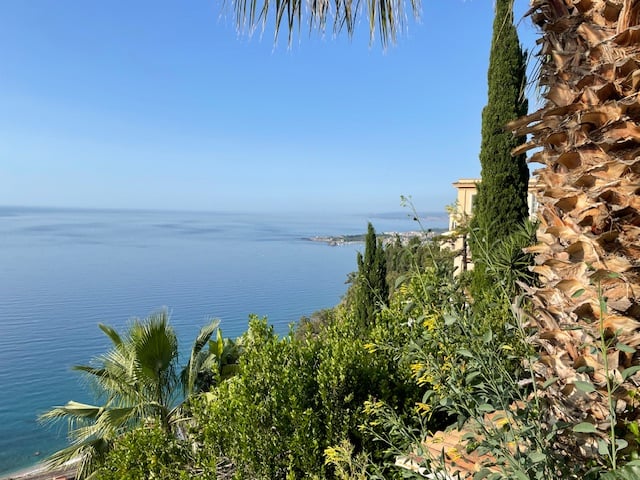
One thing you can say for Italy is that the flowering plants are always a delight, and even those on poorly kept ground always attract a wealth of insects. In and around Taormina the butterflies were not as varied as we are used to seeing in Ravello, with its more varied habitats. This year, for us, the butterfly colour was yellow. There were of course a few whites, but principally we saw clouded yellows and that just-a-bit-more-glamorous cleopatra, plus the occasional swallow tail. In Andrew’s Wood last month, how excited we all were to be visited by half a dozen clouded yellows, probably freshly arrived from France. In Sicily… everywhere. When it comes to flowering plants, maybe we should start to pick up some tips from Italy to apply to our own gardens here in the South Hams. In Taormina, we were startled by the appearance of several still small Jacaranda trees, then in full bloom. It is a beautiful tree that Elaine and I most associate with springtime in Africa. In October and November, when flying into Nairobi you can see that city resplendent in their purple. When we were in South Africa, just outside Johannesburg, we drove to work under huge Jacarandas that lined the boulevards of the manufacturing site where we were located. The streets of Pretoria are similarly bedecked. It took our breath away, but I can’t think they would thrive in Slapton ……… yet

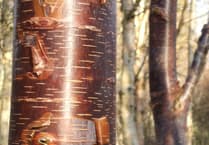

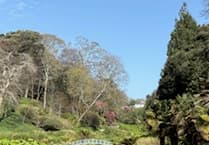

Comments
This article has no comments yet. Be the first to leave a comment.